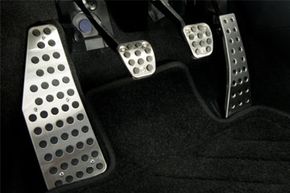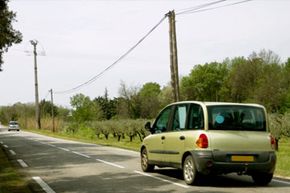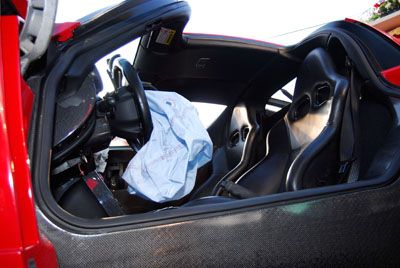Up until the late 1980s, most cars had a fairly straightforward throttle control. You stepped on the accelerator pedal, the throttle opened, and air flowed into the engine, where it mixed with gasoline and burned. This burning gas powered the car's wheels, getting you down the road. If you wanted to go faster, all you had to do was step down harder -- the throttle would open wider, giving the car more power.
But electronic throttle control, which is sometimes called drive-by-wire, uses electronic, instead of mechanical, signals to control the throttle. That means that when you step on your car's gas pedal, instead of opening the throttle, you're activating an accelerator pedal module, which converts the pressure you put on the pedal into an electric signal. That signal is then sent to an electronic control unit, which takes your inputs into account, as well as outside variables, to open the throttle for optimum efficiency and performance.
Advertisement
It's a complex system, but one that has a lot of benefits for engine wear, performance and efficiency. However, like any complex system, it's not perfect, and drivers have raised a lot of questions about them. Can outside signals interact with the ETC? What kind of failsafes are in place if such interference happens? Read on to learn the answers.


